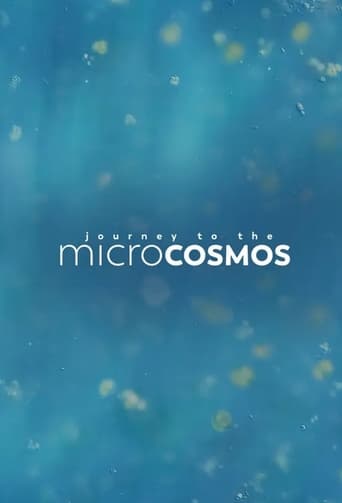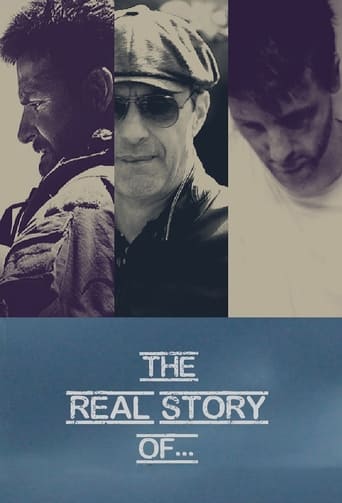Journey to the Microcosmos Season 3

Take a dive into the tiny, unseen world that surrounds us! With music by Andrew Huang, footage from James Weiss, and narration by Hank Green, we want to take you on a fascinating, reflective journey through the microcosmos.
Watch NowWith 30 Day Free Trial!
Journey to the Microcosmos
2019
Take a dive into the tiny, unseen world that surrounds us! With music by Andrew Huang, footage from James Weiss, and narration by Hank Green, we want to take you on a fascinating, reflective journey through the microcosmos.
Watch Trailer
Journey to the Microcosmos Season 3 Full Episode Guide
Bacterial flagella are very hard to spot in our footage, but we see evidence of them in almost every single one of our videos. The question is, how do they work, and are they different from the other flagella we've discussed?
We're going fossil hunting for Foraminifera! From beaches, to the ocean floor, to the foundation of the Egyptian pyramids, Forams are everywhere!
It may not be the super rare tentacled ciliate we were looking for, but it's still a really cool super rare tentacled ciliate!
Alfred Kahl only spent a decade in the world of the microcosmos, but in that time he discovered more ciliates than anyone else ever has!
Our giant Stentor friends are back with more strange stories about these mysterious giants!
It's time to explore a big question while we watch a ciliate go through its last moments.
Today we're exploring the intriguing Ouramoeba vorax. Or wait... is it Amoebophilus simplex? Let's figure that out together by diving into some history!
Are you immortal if you never age? Defying death is not as clear-cut as it might initially seem. What we define as immortality depends a bit on what you think it means to die.
On the surface, Ophyroglena seems like it should be pretty easy to identify, but it all depends on which stage of life it's currently in.
Arthrobotrys is a genus of fungi that not only kills nematodes, but it also sets traps in order to catch them!
We recently discovered some Holospora infecting one of our Paramecium samples. How does that happen? How does the Holospora get in there? And how are they so successful at infecting?
Everybody poops, but how does one poop when one does not have a butthole?
Differential interference contrast is not a microscope, but rather a method that enhances contrast, and thanks to our new microscope we are able to share some amazing DIC images with you!
Free Trial Channels
Seasons

































